A travel story from Montenegro By Kim de Leeuw When I told my friends and family that I would go on vacation to Montenegro, they all asked me what there was to see and do. Could I actually spend 10 days there before starting the Peaks of the Balkans trail? My answer was a definite yes and now I am back home, I can definitely say that you can easily spend much more time in the country. The nature is absolutely beautiful, the people are incredibly kind and the old towns are pretty amazing too. Montenegro has definitely become one of my favourite destinations, because it has it all; beaches, mountains, lakes and nice towns. Another question my friends and family asked frequently is whether the country is safe and in my opinion it definitely is! The fact that the country has a turbulent history does not mean that it is unsafe today. Let me give you an example about the hospitality of the Montenegrin people. I had to wait at a train station that is hardly visited by tourists and I got surrounded by very kind people. One lady gave me her face cream, whereas another man was willing to share his cigarettes with me. We did not speak the same language, but that did not stop us from having a little chat. To me, these little moments are worth gold when travelling. View of Boca Bay Kotor Kotor was my first stop in Montenegro and I couldn’t wish for a better place to start my journey. Kotor is situated at the bay of Kotor and has some mountains in the backdrop. Absolutely gorgeous. I visited Kotor during a Covid-19 summer, which meant that there were still no cruise vessels docked in the bay and thus there were not the usual crowds in the old town. Kotor has a charming old town of which some parts are dating back to the 9th century. I would also recommend climbing up St. Johns Fortress (early in the morning or the beginning of the evening) to get an amazing view over Kotor and the bay, to visit the Maritime museum to learn more about the Kotor’s history and to go kayaking or stand up paddleboarding in the bay. A friend of mine introduced me to her friend Toni, a Montenegrin tour guide, who took us supping in the bay. He works for Adventure Montenegro and I would highly recommend you to book a tour with him! He knows a lot about the area and tells his stories with a lot of enthusiasm. Kotor Perast From Kotor, you can easily visit Perast. For a few euros, the local bus will take you to this charming village in less than 30 minutes. Here you will find the two famous islets (very small islands) Our Lady of the Rocks and the Island of St. George. Additionally, you can climb up the belltower to get some great views over the village and islets. Left: Our Lady of the Rocks, Right: view of Perast Other towns located at the coast Most tourists will either be based in Kotor or Budva, one of the most frequently visited places in the country. If you are interested in beaches and parties then Budva is the place for you, but keep in mind that it is really a tourist destination with a lot of apartment buildings and tourist homes, and not so much a place where Montenegrin people live. Despite that, the city has a charming old town. On the other hand, if you are looking to experience something that resembles Albania, then Ulcinj is the place to be. The majority of the inhabitants in this town are actually Albanian and whereas most of the Montenegrins are Orthodox, you will find many mosques here. The city is also one of the oldest settlements at the Adriatic coast and is home to a two-millenia-old castle. On the other side of the coast, you will find the town that is closest to Croatia, namely Herceg Novi. Officially, this is one of the newer towns, but Herceg Novi is still dating from 1382. It is mostly known as a spa and health destination, but it also has a charming old town as well as an old fortress. From here, you can also do several boat trips, for example to Rose (a fisher’s town) or the Blue Caves. The old and new capital Until 1946, Cetinje used to be the capital of Montenegro. Nowadays it is still referred to as the royal capital because of the large number of museums and galleries. The city feels really cosy and has a great appeal due to many coloured houses, of which some are former embassies, and many terraces. However, it is not always what it seems. My guide told me that the people living here are not satisfied because there are not enough jobs in the city. Podgorica, on the other hand, is a continuously growing city with also a rapidly increasing amount of modern infrastructure. Montenegro has a bit over 600.000 inhabitants and Podgorica is home to almost one third of the population. This gives the town a much different feel than Cetinje. Most people skip the capital, because it doesn’t have the charm that most other towns and villages have. However, the Millennial Bridge and the church are worth a visit as well as the Njegoseva street and surrounding streets if you are in for some live music. La Cultura is a nice place to sit down for some drinks and enjoy the music. Left: street in Cetinje, Right: Millennium Bridge, Podgorica However, my best recommendation for Podgorica are the waterfalls that are located just outside of the city. The waterfalls have a strong resemblance with the Niagara Waterfalls, but smaller, and therefore they are referred to by the same name. The waterfalls are really pretty and when it is warm you can jump into the river to cool down. You can end your day with some drinks and a meal at the restaurant next to the waterfalls. Sleeping at a donkey farm What I really liked about Montenegro, is that the country offers quite some places where you can stay with a local family. Most of them are farm stays and you can book them through Meander Bug (also for hut to hut hiking) or Rural Holiday. The farm stay I stayed at turned out to be my absolute favourite accommodation in Montenegro. I stayed at Farma Magaraca Martinici and this donkey farm was actually established because donkeys are becoming extinct in Montenegro. The entire country only has about 200 donkeys left, including the ones on the farm. This is in strong contrast with previous centuries when the donkeys were still used for life in the mountains. Besides the protection of the donkeys as a cultural heritage, the farm aims to educate about donkeys, gives free donkey therapy to children with autism and to sell donkey milk. Additionally, the farm is built with recycled materials, which I think is a very good idea. Darko, the owner, is really friendly and I had some great chats with him about life in Montenegro, his work regarding bird conservation and travelling. If you don’t want to sleep here, you can also visit the farm on Sundays. Just bring 1 kg of carrots, apples or anything else you think the donkeys might like! Nature The nature in Montenegro is absolutely stunning in and outside of the national parks. In total, the country has five national parks and I have visited four of them. The one I haven’t visited is Biogradska National Park which seems to be a very lovely area as well. However, accessing all of these national parks, except for Skadar National Park, is a bit complicated without a car and therefore I had to miss out on this one. However, I am glad to tell you about the other national parks. The most southern national park is Lovcen national park and this one is most famous for the Njegos mausoleum (from one of Montenegro’s greatest kings) on top of the second highest peak. Most people will go only to visit the mausoleum and admire the views, but there are some nice hiking trails in the park as well. Speaking of hiking trails, Durmitor National Park is home to some of the best hiking trails in the country. Here you will find many glaciers, rivers, lakes and a lot of other natural beauty. I have only visited the Black Lake and Tara Canyon but that was definitely promising for the rest of the area. It was absolutely breathtaking. Did you know that the Tara Canyon is the deepest canyon in Europe and the second deepest in the world? You can go ziplining over the canyon to get a great view from above or go rafting to see the canyon from a completely different perspective. Black Lake in Durmitor National Park However, my favourite national park must be Skadar Lake. When I arrived, I immediately stepped in a kayak to paddle out on the water. It was already late in the afternoon, so there were hardly any boats left on the water. It was just me, my kayak and the sounds of the birds. What an incredible feeling! Between April and July, they also organise kayak tours to the pelicans. This region is also known for the wine (the Vrajac is the local grape from which they make red wine), so I would definitely recommend you to go to a winery. At some wineries you can also stay the night. However, keep in mind that a lot of the wineries are further out, so you can only reach them by taxi, with a tour or if you have your own car. Lake Skadar The Peaks of the Balkans trail Lastly, we will get to the reason why I went to Montenegro in the first place: the Peaks of the Balkans trail, which is also partly situated in Prokletije, the last national park I visited. This transnational hiking trail (it is crossing Montenegro, Albania and Kosovo) was set up fairly recently to stop abandonment of the area and to create income for the locals. The entire trail is 192 kilometres long and is taking you through the Prokletije Mountains. You can decide to walk the full trail, but you can also opt to walk some parts and take local transportation to cover the less pretty parts. I booked the trail via The Balkan Trail and we walked for five days with each day covering 16-20 kilometres. I cannot put into words how amazing it feels to be walking in those mountains. You would actually have to experience it yourself. The total silence, the view over the majestic mountains, starry skies at night and the most beautiful places to swim. I could not ask for more. Taking the time to discover the mountains by foot is one of the best ways to really dive into the destination. Our local guide Erind has made some amazing videos of the area and I would highly recommend you to take a look at his YouTube Channel. I hope that with this travel story, I have inspired you to visit Montenegro as well. To me, it is definitely one of Europe’s hidden gems and a destination that should be on anybody’s bucket list. 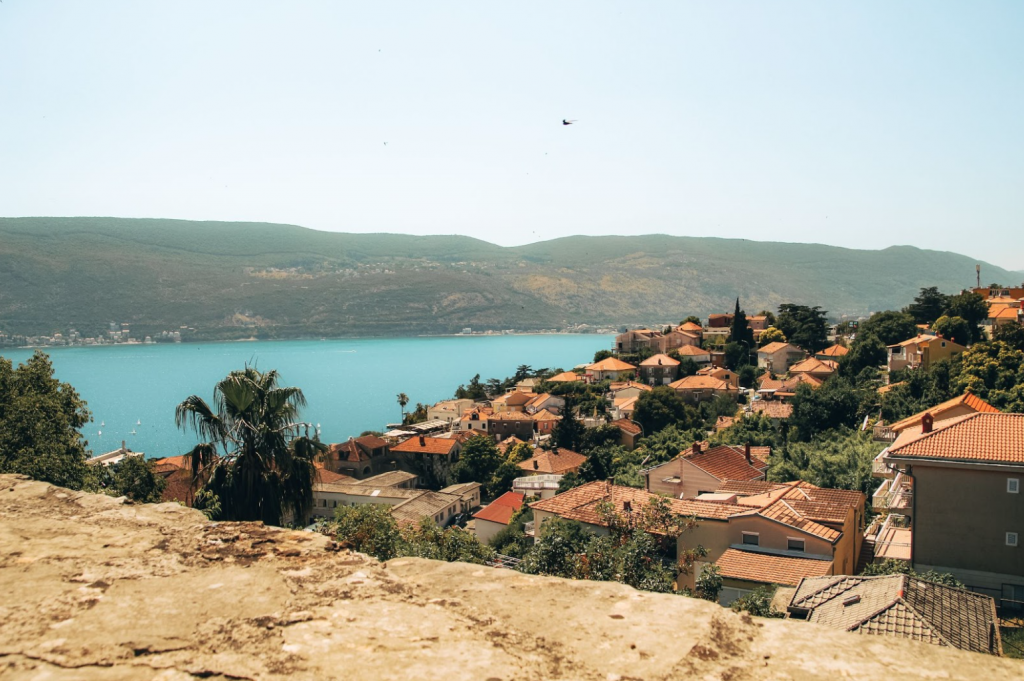 Herceg Novi
Herceg Novi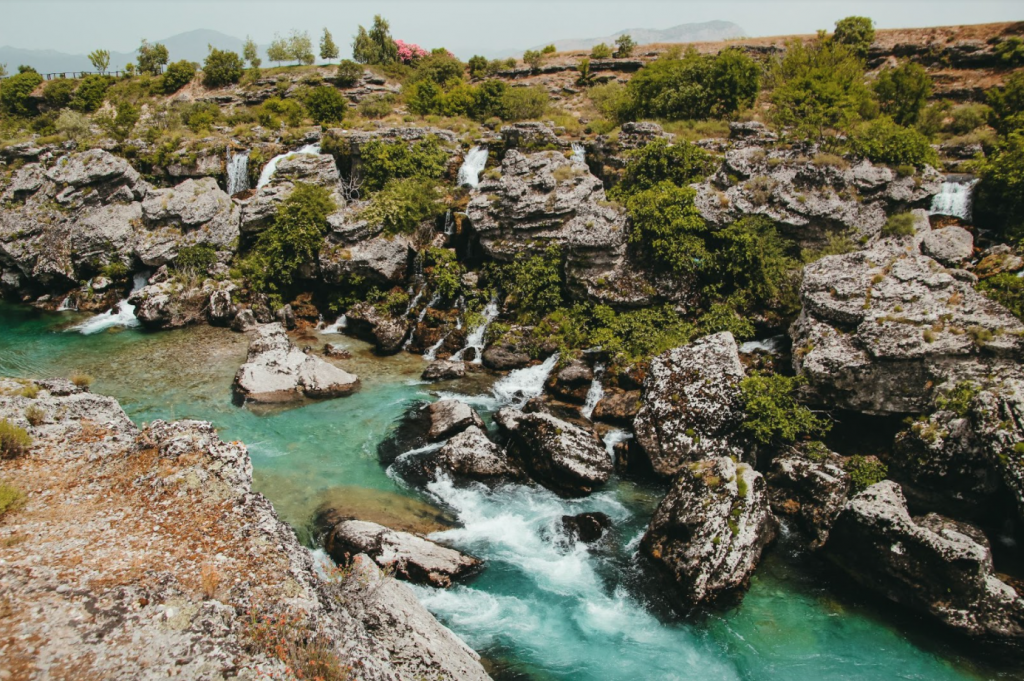 Some smaller waterfalls at Niagarra Waterfalls
Some smaller waterfalls at Niagarra Waterfalls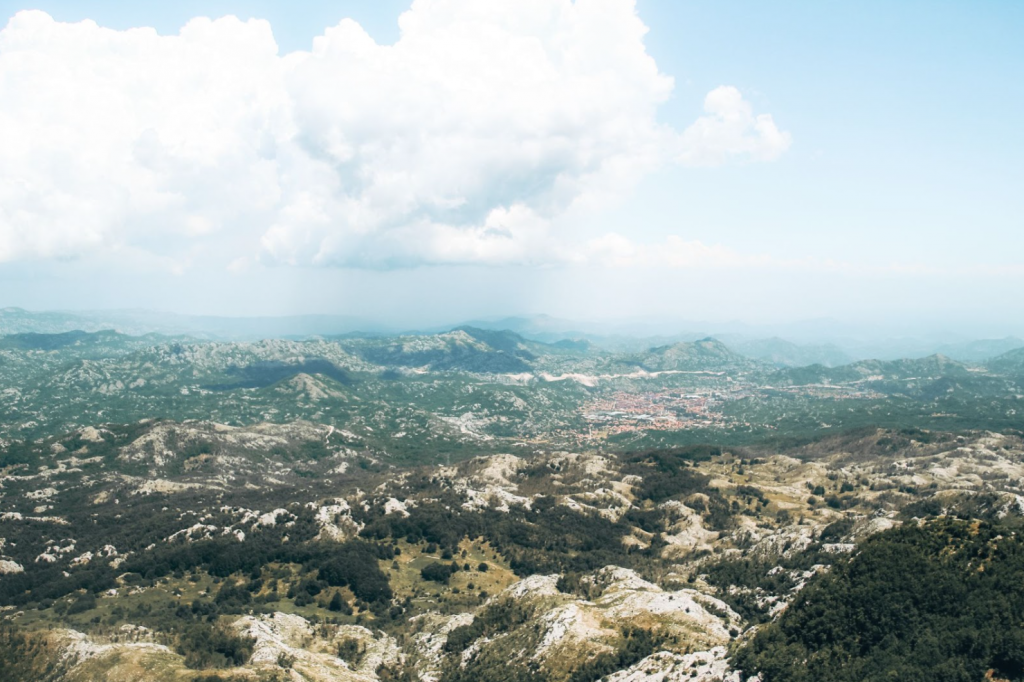 Lovcen National Park: view from the Mausoleum
Lovcen National Park: view from the Mausoleum


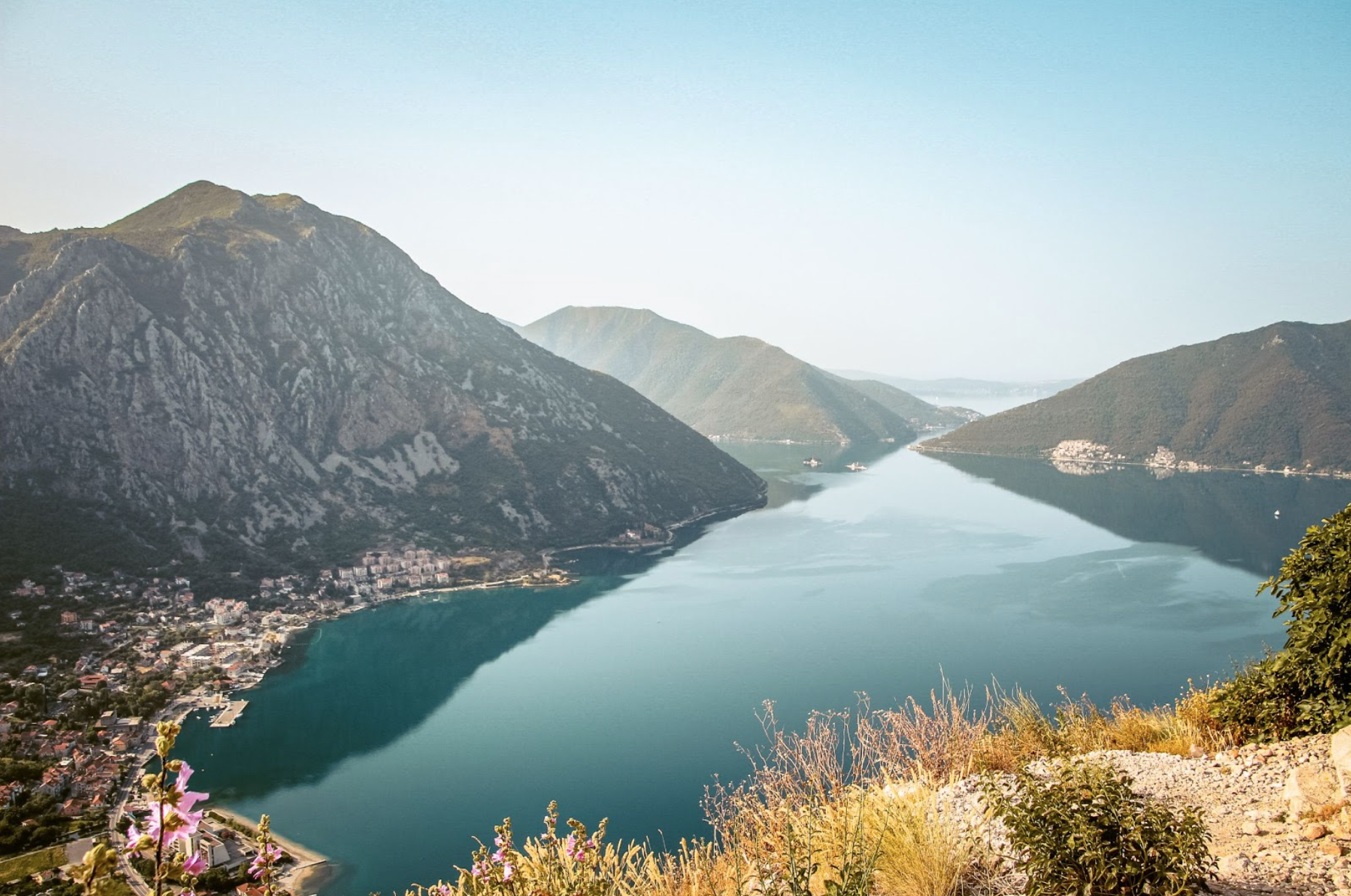



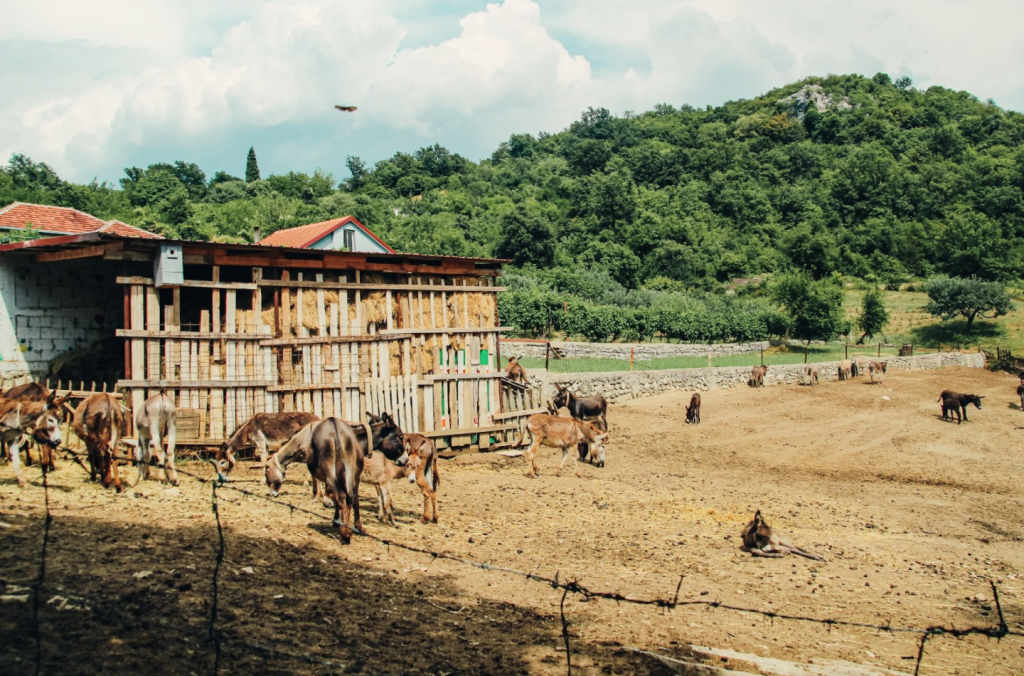
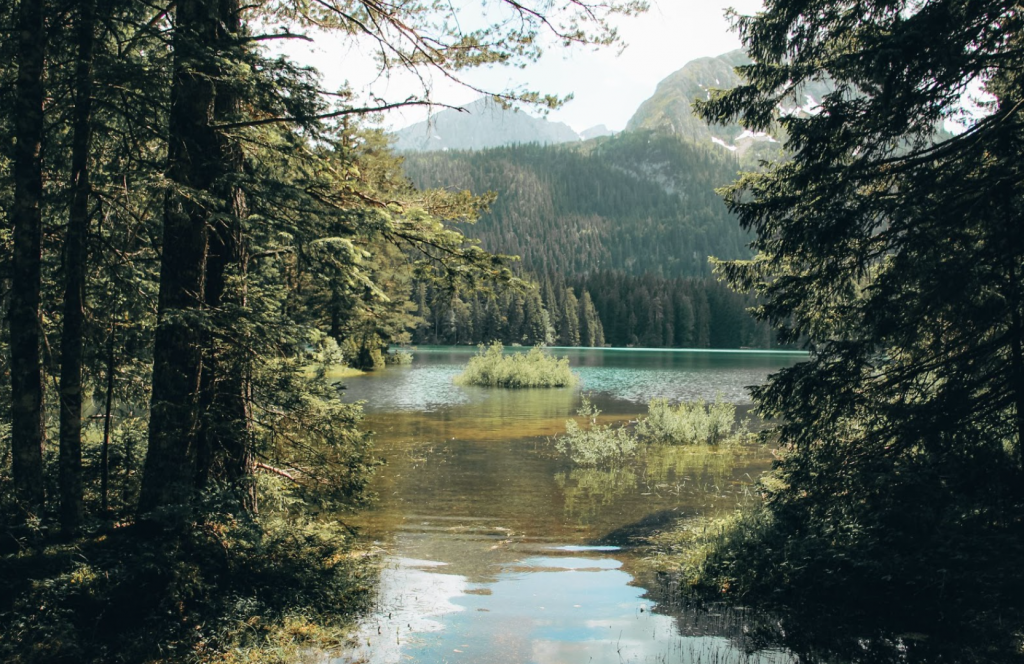
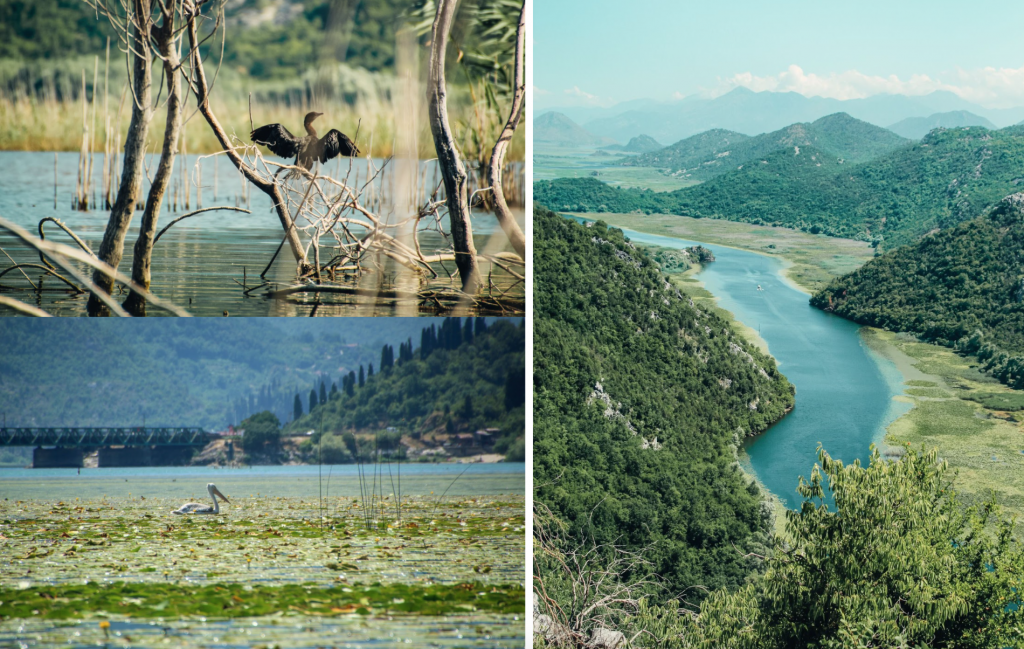
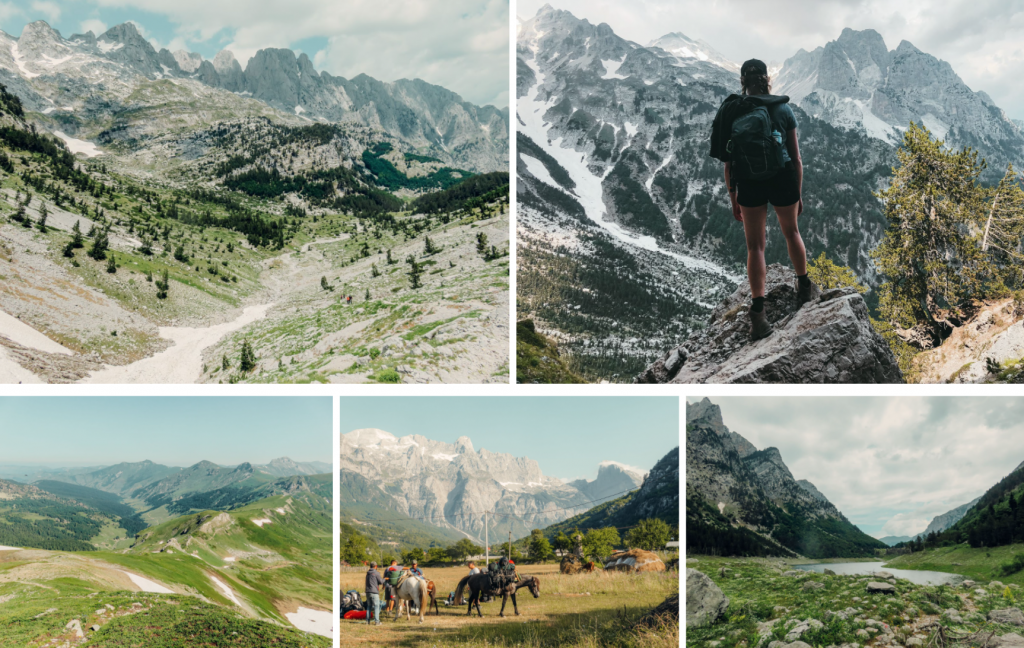
This Post Has 0 Comments